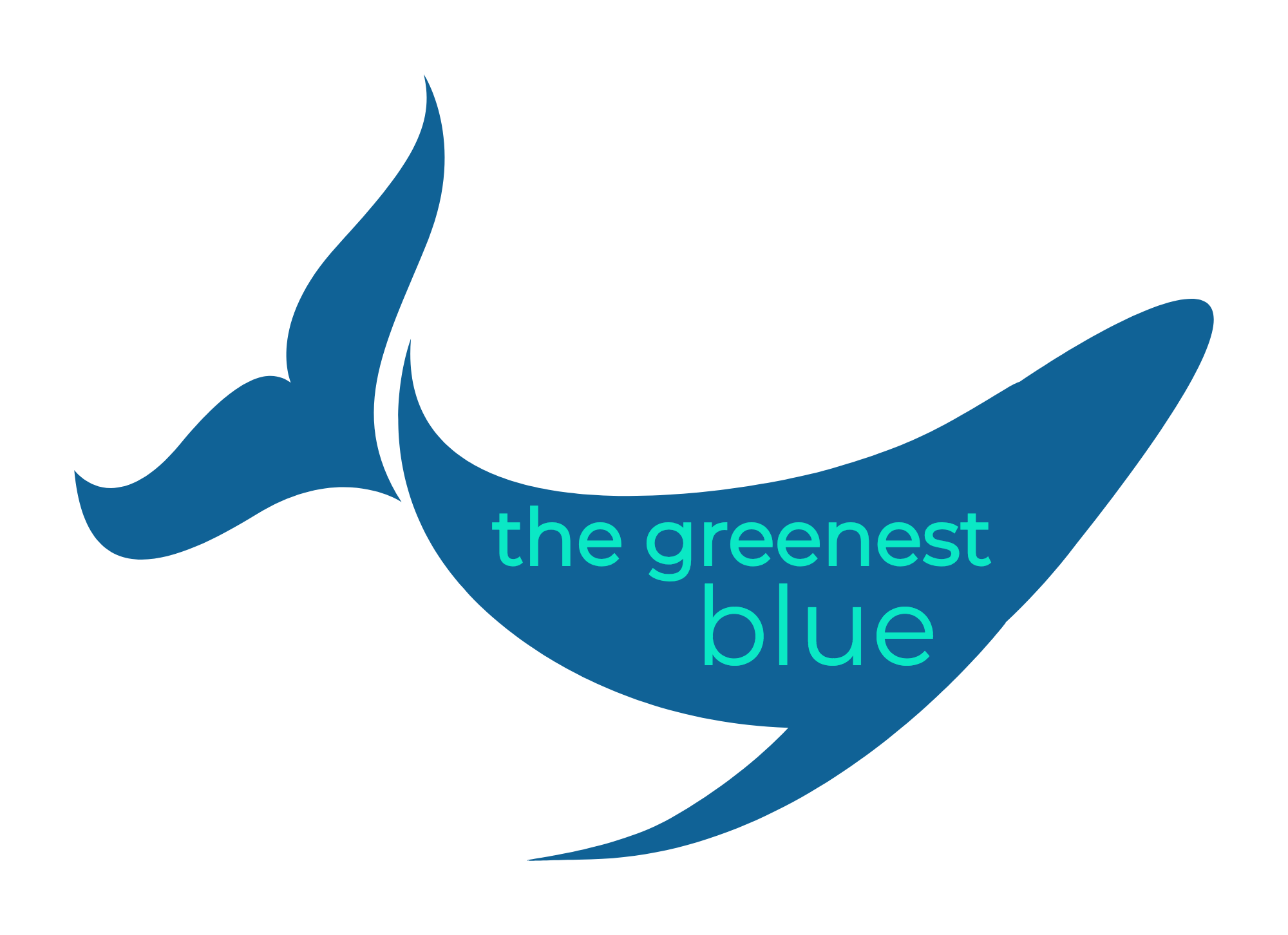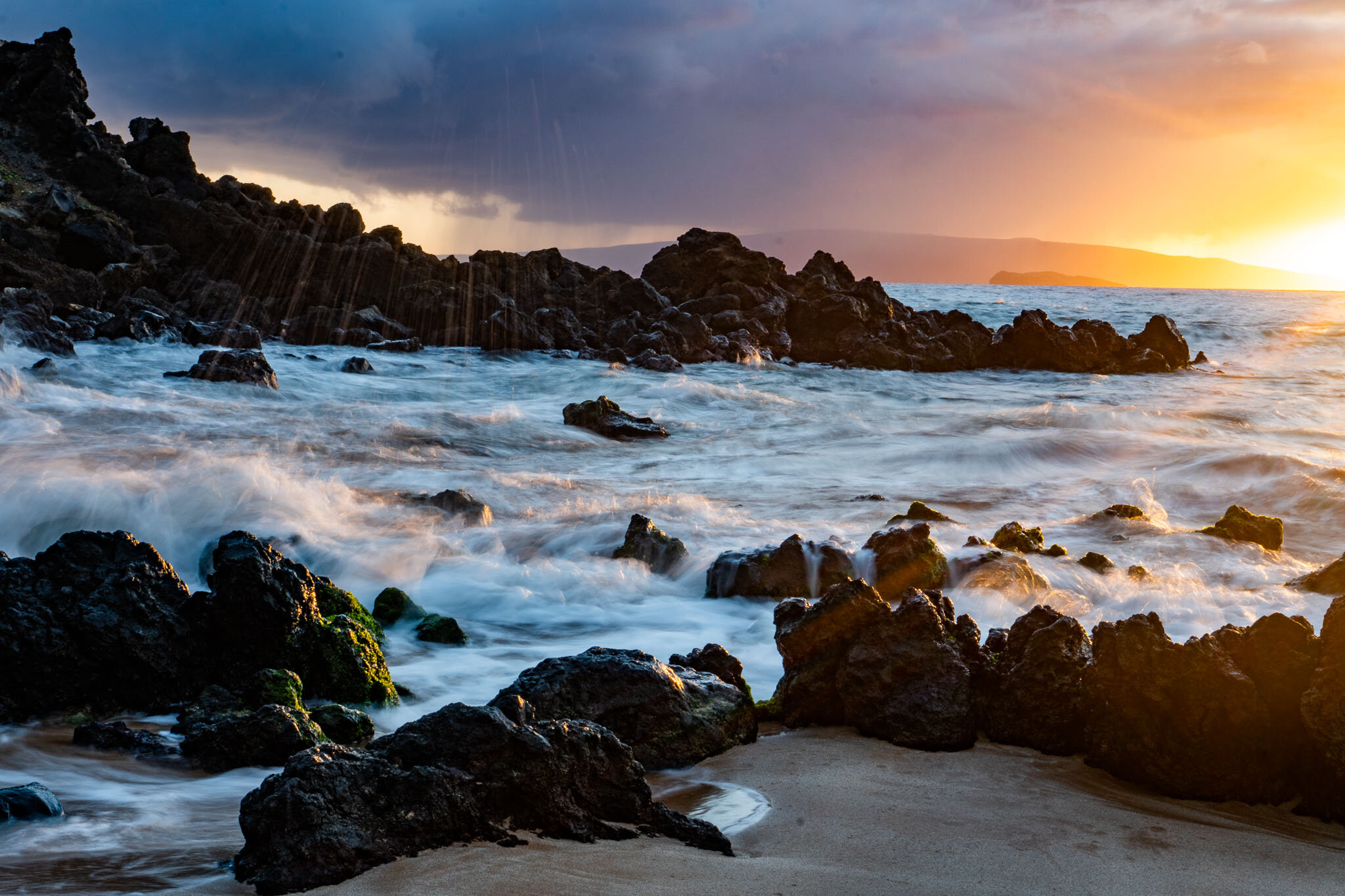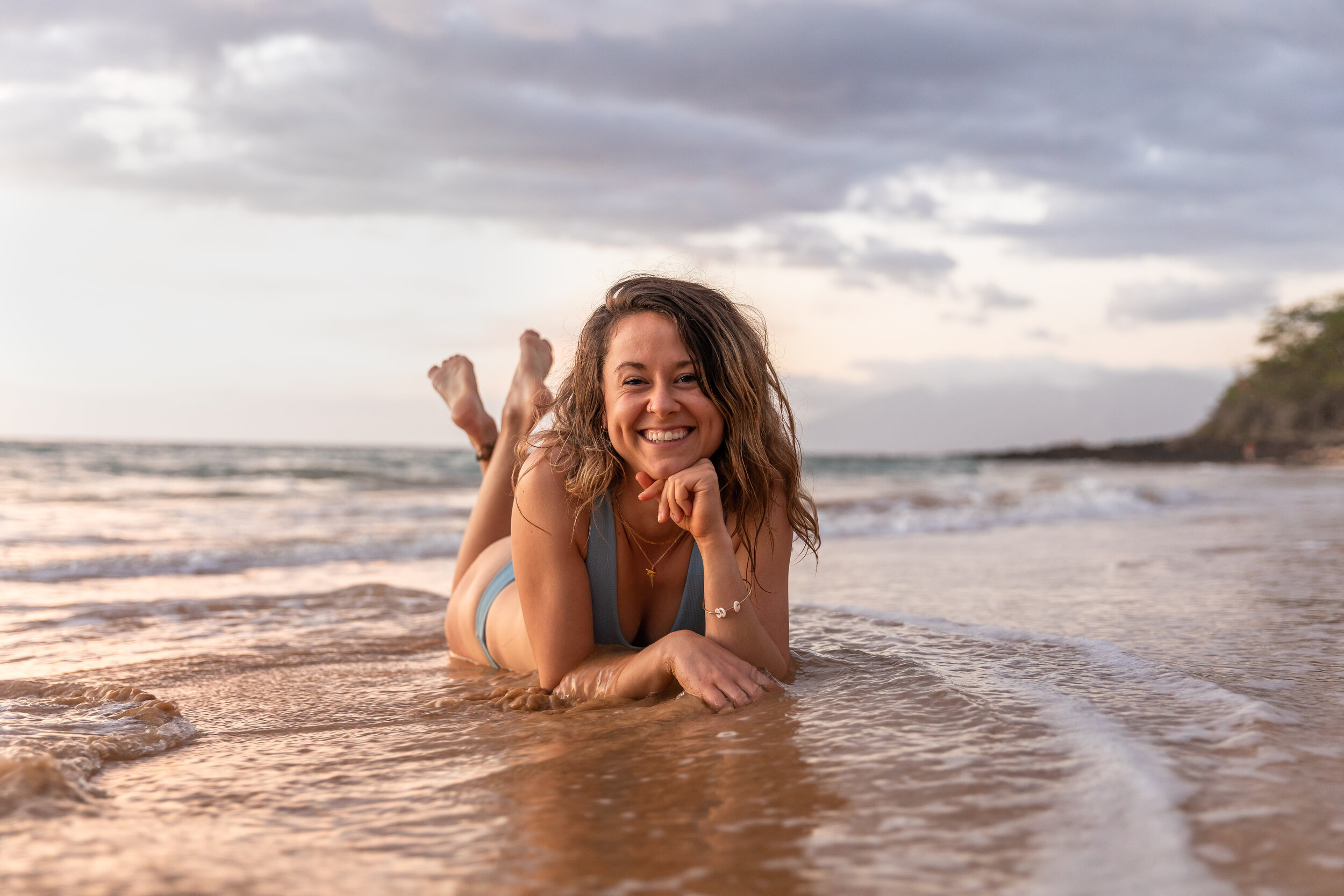The Reefs of Maui - A Quick Dip Into Coral Reef Ecology, Part One
This post contains affiliate links, which earn me a small commission on products I’m already in love with. This is at no extra cost to you! Thank you for supporting The Greenest Blue.
Merry Christmas from Maui!
After making the decision to move back to Maui about six weeks ago, I’ve been soaking up sunshine in the Aloha State since the beginning of December. I decided to move back to this beautiful volcanic rock in the middle of the Pacific Ocean in order to be closer to ocean conservation work and recover the ability to jump in the salty blue whenever I need cheap therapy (most days).
And naturally, my time spent in the ocean over the last few weeks has re-stoked my interest in fish and coral reefs. I’ve been very whale-focused the last several years, but on Maui you CAN’T even try to ignore the magic of the coral reefs! They are very different from the reefs I experienced in Tonga, but there are some solid geological reasons for that. Aren’t you curious?!
I thought I could nerd out for a couple of posts and talk about the reef life out here. Hopefully by sharing a little bit of the underwater magic, you can take away one or two new tidbits of information and maybe a renewed appreciation of the marine world. I also had a cool opportunity the other week to help a few friends install a reef-monitoring buoy - the first of its kind in Maui. And I want to talk about it. It was a big deal, and I’ll be discussing it later on in this series.
For the first post in this reef exploration series, I want to talk about CORAL and why the reefs in Hawaii are different than other parts of the tropical Pacific. Also, polyps are cool.
What’s So Special about Hawaii and Maui’s Coral Reefs?
The crazy cool thing about snorkeling in Hawaii is that about 25 percent of the fish you can see out here are endemic to the islands. You won’t see them anywhere else! There are very few places in the world where you can find a comparable number of unique fish species. Why is that? The Hawaiian Islands (which are actually the tops of an underwater mountain range) are separated from all other underwater mountain ranges by a distance of more than 1,000 miles, far greater than the distances between any other Pacific islands and their neighbors. This massive distance between Hawaii and other island chains is what paved the way for the emergence of many new species. Isolation encourages endemism because the fish populations are much smaller and more localized, and therefore are more easily affected by genetic changes. Two examples of endemic fishes are the Milletseed Butterflyfish and the Saddle Wrasse - they are super abundant down here, and a probable reason for that abundance is that they are the most perfectly adapted to the local ocean conditions, in comparison to non-endemic fish.
Here are a few other interesting facts about coral reefs in Hawaii. 1) They are poorly developed in comparison to other reefs in the tropical Pacific. Water temperatures are a bit cooler here and that doesn’t favor vigorous coral growth. The same factors that have limited the number of fish species have also limited the number of corals (which is why there are no examples of colorful soft corals here). Most of the reefs around the main Hawaiian Islands are fringing reefs, meaning they are built up directly on the sides of the islands. When I was in Tonga, I encountered a lot more atolls, which are essentially fringing reefs that grow upward from volcanic islands that have already sunk beneath the sea’s surface.
Ok, Cool. But What is Coral?
Rock? Plant? Animal? It’s easy to get confused when you’re looking at a head of coral. It’s bright. It’s sometimes colorful. It can look like a rock. But what the heck is it?
Corals are sessile (immobile) animals that rely on a relationship with plant-like algae to build some of the largest structures of biological origin on Earth. That’s symbiosis, baby! Because they are permanently attached to the seafloor, many people mistake them for plants. BUT there’s a big difference – coral does not make its own food, which is something that plants do.
Most structures that we call coral are actually made up of hundreds of thousands of tiny creatures called polyps. Each of these soft-bodied organisms is no thicker than a nickel. They are able to secrete a hard outer skeleton of limestone that attaches to rocks or the dead skeletons of other coral polyps. This is a continuous process that happens over and over again as time passes, which is why coral colonies can live for a very long time.
Most corals contain an algae called zooxanthellae, which are microscopic plant-like organisms that reside within the coral’s tissues. They use the coral polyps’ waste products for photosynthesis, which is how they make their own food. In exchange, the coral receives oxygen, waste removal, and other products needed to thrive. This remarkable collaboration is the main reason why coral reefs comprise some of the largest structures of biological origin on Earth, rivaling old-growth forests in the longevity of their ecological communities.
Also, fun fact: jellyfish are relatives of corals!
Threats to Maui’s Coral Reefs
Natural threats to coral reefs include extreme weather events, tidal emersions (long periods of low tides can expose sensitive coral heads), and even predation from animals like crabs and sea stars. Apparently, polyps are pretty tasty to these critters.
Let’s get real for a minute - what about the anthropogenic threats to coral reefs? This is what I’m mainly interested in because I want to know what are we doing to mess things up for our reefies. A big one is pollution. Land-based run-off and pollutant discharges can result from coastal development and dredging. This can cause nutrient levels to increase in the water, which in turn increases the growth rate of algae, which can actually smother coral. There are also areas where coral heads and reef fishes are collected for the aquarium trade. SAD. All sorts of fishing gear – anchors, chains, nets, lines, etc. – and fishing techniques can damage and destroy coral colonies.
Increased greenhouse gases from the burning of fossil fuels and heightened rates of deforestation can cause ocean temperatures to rise, storm patterns to change, and sea levels to rise. These can lead directly to coral bleaching events and increased damage from storms.
This is a Biggie - Let’s Talk About Coral Bleaching
You may have heard this term tossed around before when discussing marine conservation or reading about tropical destinations. Coral bleaching occurs when polyps undergo intense physiological stress and end up expelling the zooxanthellae algae that reside inside their tissues. This causes them to turn white. But what causes the stress? Generally, changes in their environment. That means fluctuating water temperatures or changes in light or available nutrients. I mean, I get pretty stressed when my food availability changes. It makes sense!
When coral is bleached, it doesn’t mean it’s dead. It can survive a bleaching event, but it is under more stress and the danger of mortality is much greater. They also become more susceptible to disease. They need their zooxanthellae friends to thrive!
Coral. Is. Great.
What I’m trying to tell you is that coral is great, and reefs around the world are in some pretty dire trouble. If you want to learn more about ways you can help, check out Maui’s Marine Resource Council and try to get involved with any ocean conservation volunteer groups near you.
Other resources:
Chasing Coral documentary on Netflix
Finding Nemo (for inspiration and snuggly evenings full of joy and ocean cuteness)
The Perfect Reef - an interactive journey with David Attenborough
Our Planet: How to Save Our Coastal Seas on Netflix
Can We Save the Reef? A documentary about Australian scientists racing to understand the Great Barrier Reef
Keep reading, keep learning, keep your head up, keep at it. We’re fighting the good fight, and I’m happy to have you on the ocean’s team!
In the next segment of this series, I’m going to talk about a few of my favorite reef critters - get ready for some parrotfish and sea turtle trivia!
I hope everyone has a safe and beautiful New Year’s, and is ready to bring in 2021 with some light, hope, and epic dance moves. And some good snorkeling if you’re in an area that allows such antics.



























For now, I want to share this particularly special experience that is unfolding, right now. I’m on a ship in the Antarctic, specifically the Antarctic Sound on the northeast side of the Western Antarctic Peninsula, with a group of 120 women and non-binary people in STEMM. It’s facilitated by Homeward Bound. Read more here: it’s late, and this girl needs to get to bed.
But I wanted to start a log of our experiences each day, and I need to get caught up before time flashes by and I’m disembarking in Ushuaia in two weeks. Updates will be mostly through photos, as that is the energy level I’m working with currently.
Kinnes Cove
Home to a bustling Adelie penguin colony, with some Gentoos and a random Chinstrap or three thrown into the fray. We saw a sleepy, chunky Weddell seal hauled out on the shoreline, and a few lazy humpbacks cruised past our zodiacs on their way to redder pastures (because of krill, duh).